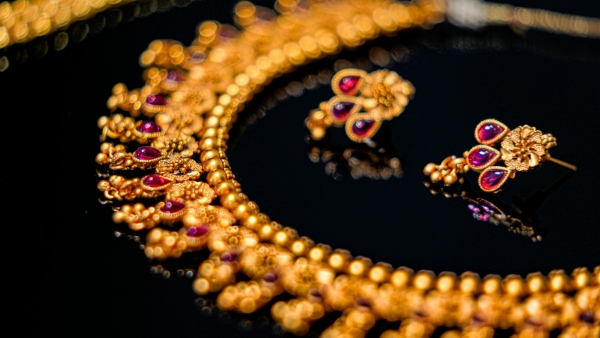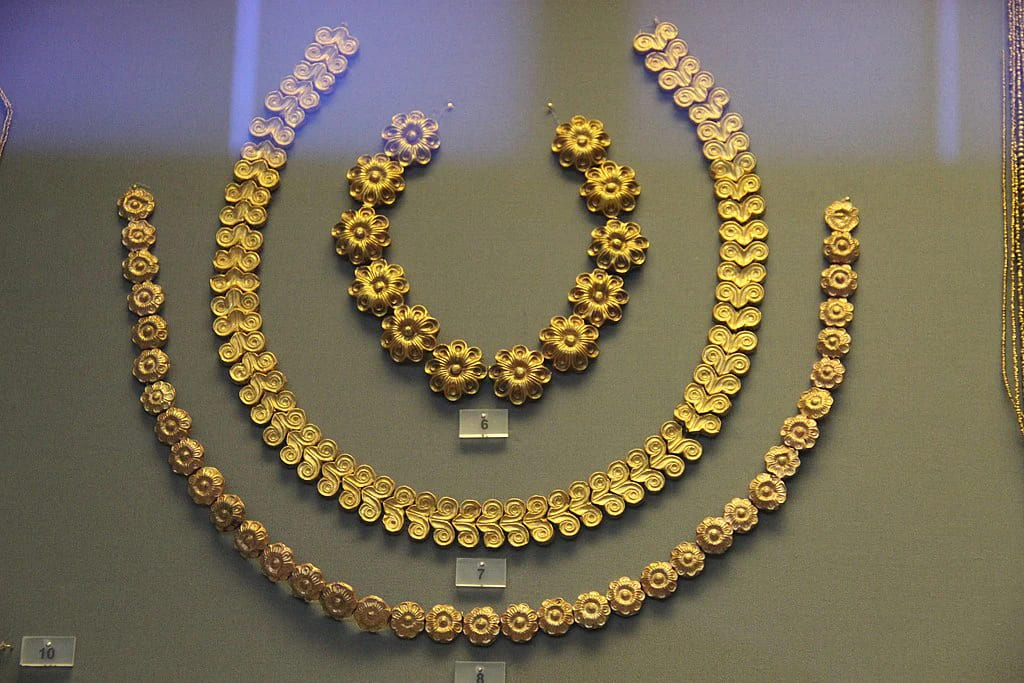Gold has always been more than just a precious metal — it’s a symbol of wealth, beauty, and tradition. Whether you’re buying jewellery for a special occasion or investing for the future, understanding gold purity is essential. Terms like 24K, 22K, and 18K often appear on jewellery tags, but what do they actually mean? Let’s break it down in simple terms so you can make the best choice for your needs.
Understanding the Concept of Karat
Before comparing 24K, 22K, and 18K gold, it’s important to understand what “karat” actually means.
A karat (K) measures the purity of gold — or how much pure gold is present in a piece of jewellery compared to other metals. Pure gold is 24 karats, meaning it contains 24 out of 24 parts gold, with no other metals mixed in.
However, pure gold is too soft for daily wear, so jewellers mix it with other metals like copper, silver, or nickel to create stronger alloys. This mixture makes the gold more durable while slightly reducing its purity.
24K Gold — The Purest Form
Among all types of gold, 24K stands out as the highest standard of purity.
What is 24K Gold?
24K gold is 100% pure gold, with no additional metals. It has a bright, rich yellow color and is known for its stunning luster. This type of gold is most commonly used for investment purposes such as gold coins and bars rather than jewellery.
Advantages of 24K Gold
- It is the purest and most valuable form of gold.
- Hypoallergenic and ideal for sensitive skin.
- Perfect for gold investors who want long-term value.
Disadvantages of 24K Gold
- It is too soft for daily-wear jewellery like rings or bangles.
- Prone to scratches and bending.
- Difficult to hold gemstone settings firmly.
Best for:
Those buying gold coins, bars, or occasional-wear jewellery.
22K Gold — The Perfect Balance of Purity and Strength
22K gold offers a great mix of high purity and added durability, making it ideal for everyday jewellery.

What is 22K Gold?
22K gold contains 91.6% pure gold and about 8.4% of other metals like copper, zinc, or silver. This small amount of alloy gives the gold extra strength, making it suitable for most types of jewellery.
Advantages of 22K Gold
- Durable and strong enough for necklaces, earrings, and bangles.
- Retains the rich yellow color close to pure gold.
- Ideal for traditional and bridal jewellery.
Disadvantages of 22K Gold
- Still not ideal for heavily studded jewellery, as the metal may not hold stones securely.
- Slightly less pure than 24K gold, so the resale value is marginally lower.
Best for:
Those who want daily-wear or bridal jewellery with high purity and durability.
18K Gold — Style and Strength in Harmony
18K gold offers the perfect blend of elegance, durability, and versatility for modern jewellery.
What is 18K Gold?
18K gold contains 75% pure gold and 25% of other metals such as copper, silver, or palladium. This mix creates a more durable alloy that can securely hold gemstones, making it a popular choice for diamond and gemstone jewellery.
Advantages of 18K Gold
- Stronger and more scratch-resistant than 22K and 24K.
- Ideal for designer jewellery, engagement rings, and intricate settings.
- Comes in different shades like yellow, rose, and white gold depending on the alloy metals used.
Disadvantages of 18K Gold
- Has less gold content, so it’s not as valuable for resale.
- Slightly duller yellow tone compared to 22K or 24K gold.
Best for:
People who want modern, gemstone-studded, or designer jewellery that lasts long.
Color Differences Between 24K, 22K, and 18K Gold
The amount of pure gold affects not just strength and value but also color.
- 24K Gold: Deep yellow, highly reflective, and bright.
- 22K Gold: Slightly less intense yellow but still warm and rich.
- 18K Gold: Softer in color; may appear more muted, especially in white or rose gold varieties.
These differences help jewellers craft distinct pieces — for example, rose gold from 18K alloys adds a romantic, pinkish hue perfect for engagement jewellery.
Durability and Practical Use
If you’re buying gold jewellery for daily use, durability matters more than purity.
- 24K gold bends easily and is best kept for safekeeping or investment.
- 22K gold strikes a balance — durable enough for regular wear but still maintains high purity.
- 18K gold offers superior strength, making it perfect for pieces that need to last for years.
Jewellers often recommend 18K or 22K for wearable designs because they withstand everyday activities without losing shape or shine.
Which Gold Purity Is Right for You?
The best choice depends on your purpose and lifestyle:
| Purpose | Recommended Purity | Reason |
|---|---|---|
| Investment | 24K | Highest purity and value |
| Daily-wear Jewellery | 22K | Balance between purity and durability |
| Gemstone Jewellery | 18K | Strong enough to hold stones |
| Designer & Fashion Jewellery | 18K | Available in various colors and finishes |
If you prefer traditional yellow tones and value gold as an investment, 22K gold is your best bet. However, if you lean toward stylish, modern jewellery with diamonds or intricate details, 18K gold is more suitable.
Tips to Check Gold Purity Before Buying
When purchasing gold jewellery, make sure you’re getting what you pay for. Follow these simple tips:
- Look for BIS Hallmark:
In India, the Bureau of Indian Standards (BIS) hallmark certifies the purity of gold. Always check for the BIS logo before buying. - Ask for a Purity Certificate:
Reputed jewellers provide certification specifying the karat value and weight of your purchase. - Check for Engravings:
Most jewellery pieces have small engravings like “22K916” or “18K750,” indicating purity. - Buy from Trusted Jewellers:
Established jewellers like Nikhar Jewellers ensure authentic purity, transparency, and quality craftsmanship in every piece.
Read Also : How to Verify Jewellery Purity Before You Buy
Final Thoughts
Understanding gold purity helps you make smarter decisions whether you’re buying for style, tradition, or investment.
- Choose 24K for investment.
- Choose 22K for traditional wear.
- Choose 18K for trendy, gemstone, or designer jewellery.
Each purity has its own charm and purpose — it’s all about finding what matches your lifestyle and budget. When in doubt, visit your trusted jeweller to explore your options and get expert guidance.

